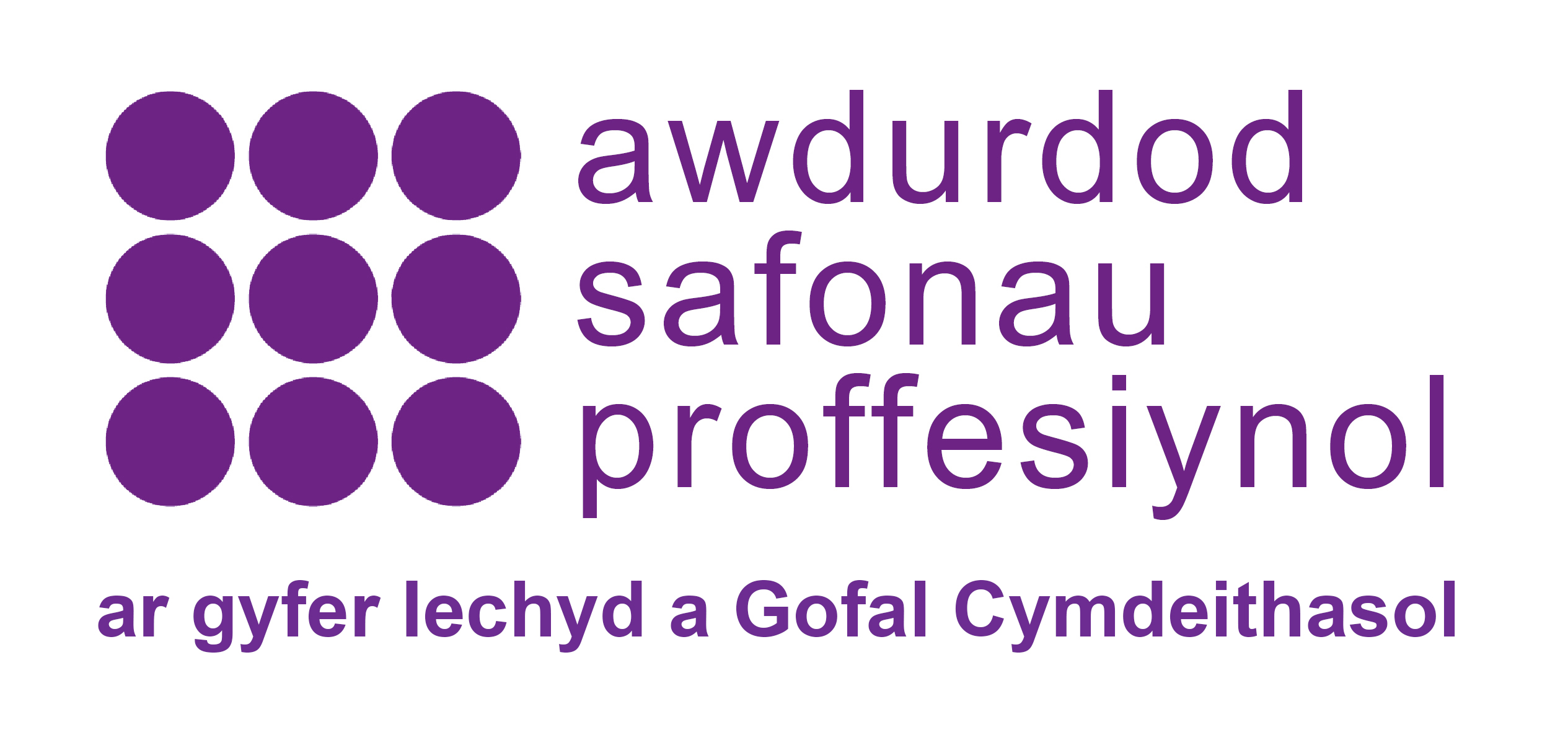Main content
Section 29: how we protect the public - Part 2
20 Sep 2022
In Part 1 we looked at the power of appeal and the things which make us look closer at a regulator’s fitness to practise decision. In Part 2 we look at what the limits of our power are and how we ultimately protect the public.
What are the limits of section 29?
We have a high bar to overcome in challenging a decision. We cannot appeal a decision just because we don’t agree with the outcome or think that the Panel should have done something different. Therefore, we cannot substitute our view because we disagree.
We must establish that the decision is unjust because something has gone wrong in the process which has affected the outcome (a serious procedural irregularity) or that the outcome is wrong. If a Court decides that the right outcome was reached even though there were errors in the process, our appeal will not succeed.
Deference
A regulator’s fitness to practise Panel is typically comprised of three people – a member of the relevant profession, a chair (who may or may not be legally qualified) and a lay person. A Panel may also be assisted by a legal advisor if the chair is not a legally qualified chair.
The Court considers the Panel to be the experts in what is required to protect, maintain public confidence, and uphold standards in the profession. This is especially so where a case involves clinical concerns where the Court has limited expertise. The Courts also acknowledge that a Panel has an advantage as they will have heard all the evidence in the case.
When we appeal a case, the Court will not hear all the evidence again. The Court will see the written evidence that the Panel considered and look at a transcript of the hearing, but witnesses will not be called. An appeal is not a re-trial. Therefore, a Panel is always going to be better placed than the Court to assess how serious the matter is and what is required to protect the public. As the Panel are considered the experts, the Courts approach such challenges with diffidence. This means that from the outset, the Courts are reluctant to intervene.
The Court will also consider whether a decision is outside of the bounds of what the Panel could reasonably decide. The Courts recognise that some decisions are based on different factors which different people may come to different conclusions about without either person being wrong. A decision on misconduct, impairment and sanction are evaluative decisions. This is because they involve a mixture of fact and law and there is often a spectrum of what could be considered a reasonable outcome. In the case of sanction decisions, there may be a range of reasonable outcomes depending on how the Panel have evaluated the evidence.
A Court will not interfere with an evaluative judgment unless there was an error of principle in carrying out the evaluation, or for any other reason it is wrong, meaning it is outside the bounds of what the Panel could properly and reasonably decide.
If the outcome is within the bounds of what the Panel could reasonably decide and there are no errors in their approach, the Court will not intervene. Therefore, the Court will always defer or give respect to the Panel’s decision where there are no errors – this is known as the principle of deference.
For example, a case involving a serious clinical error where a patient was harmed, and a risk of repetition has been identified could result in erasure, suspension, or a conditions of practice order depending on the circumstances. If the Panel decide to impose a conditions of practice order because the risks can be managed and the registrant has insight and is committed to putting things right, it may be difficult for the Authority to challenge this if there are no errors in the Panel’s approach. It will always depend on the individual circumstances of the case. Yet, if the Panel has performed its task correctly and appear to have reached a reasonable outcome on the evidence, challenging the decision will be difficult.
So, whilst there may be some cases where we may think a different sanction was appropriate, we cannot appeal on that basis alone if there are no errors in the Panel’s approach. This is because a high level of deference will be given to the Panel’s decision.
What is a wrong outcome?
The legal test for whether a decision is wrong includes consideration of whether the decision:
- Has due regard for the safety of the public and the reputation of the profession.
- Is one that the Panel could have reasonably imposed having regard to the relevant facts and the purpose of disciplinary proceedings.
- Has regard to the Registrant’s conduct and the interests of the public.
As discussed earlier, a Court will also consider whether an evaluative decision is within the bounds of what the Panel could properly and reasonably decide. Therefore, if a Panel has failed to consider a key aspect of the case, or gone wrong in their approach, there may be grounds to argue that the decision falls outside the reasonable range of outcomes.
An example of where the Court agreed that the outcome of a case was wrong can be found here in one of our case studies involving a social worker who sexually harassed his female colleagues.
What is a serious procedural irregularity?
A serious procedural irregularity occurs where something goes seriously wrong with the process which affects the outcome, or where it may be difficult to tell if the outcome is correct because of the error. A procedural irregularity must be serious. If the outcome is still correct despite the irregularity, we will not be able to appeal. Examples of serious procedural irregularities include:
- Under charging, or under prosecution
- i.e., where the evidence indicates that more serious charges ought to have been brought in relation to the same incident. This can arise where a regulator fails to charge motive, such as dishonesty or sexual motivation, when the evidence indicates that this is a concern
- other types of under prosecution include:
- failing to bring the full gravity of the situation to the Panel’s attention
- not placing all material evidence before the Panel
- where the Panel are not proactive in ensuring they receive all relevant evidence
- Offering no evidence or withdrawing charges
- i.e., where the regulator offers no evidence without opening the case
- Other case management decisions
- i.e., not amending charges, striking out charges without considering an adjournment and/or decisions on the admissibility of evidence
- Not providing adequate reasons
If the bar to appeal is so high, how does section 29 protect the public?
The number of cases we appeal is relatively low compared to how many we review. This may beg the question – how much of a difference does our scrutiny of final decisions make?
Whilst there is a high bar to successfully challenge a decision, the value of our review of final decisions extends beyond our section 29 powers and has a greater impact than any one case. We regularly identify learning points for regulators arising from cases we review which have helped improve standards in decision-making. Sharing learning points also holds the regulators to account and drives improvements moving forwards.
We also have a unique view across all the regulators which helps us identify themes and patterns. This information is shared with our performance review and policy colleagues to be explored in more detail so our findings can be shared with the regulators and other stakeholders to improve regulation.
Over the years our appeals have also created a body of case law and principles which have helped shape the landscape of healthcare regulation. Reviewing all final decisions has also developed a rich source of data which has been used by researchers and academics.
This is all in addition to the most obvious benefit of protecting the public from those registrants who may not be fit to practise and could pose a risk to the public.
You can find out more about our power to appeal here. Or find out more about the value it adds to public protection. You can also see our power to appeal in practice our section 29 case studies.

